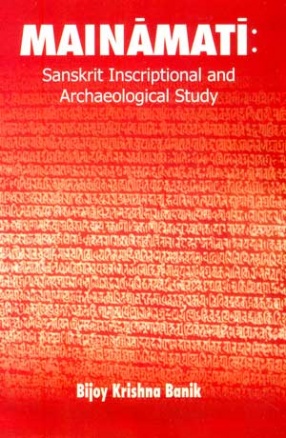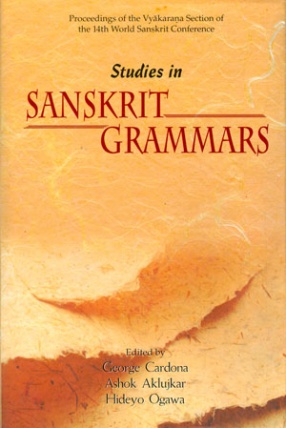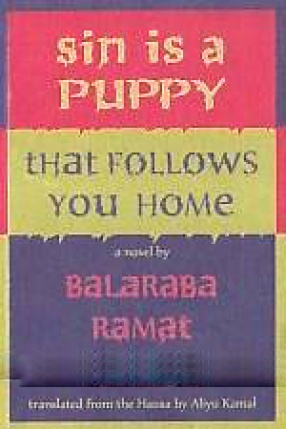Mainamati-Lalmai area is a "small strip f hilly land (11×5 Miles)" in the Comilla district on the eastern border of Bangladesh. This hill-range area, though small, has yielded a rich treasure of Sanskrit inscriptions and archaeological artifacts belonging to the period of 7th to 13th centuries C.E. A comprehensive and coherent reconstruction of history from this rich evidence was a long-felt desideratum. The present study fulfills that lacuna in an eminent way.
The author gives a brief geographical and geo-ecological survey of the area and of its archaeological sites and excavations. He then sets the full Sanskrit epigraphically material-photographs of copper-plates etc., their transcriptions and translations-as also other archaeological artifacts-coins, plaques, pottery, images, etc. From this evidence, he then reconstructs the political history-kings and dynasties-of this area and corroborates it from artifacts and geographical identifications of locations mentioned in the inscriptions. The work throws a flood of light on the much less known history and culture of the south-eastern Bengal.
The book will be of much interest to historians, archaeologists, researchers and students engaged in inscriptional and archaeological studies.
ABOUT THE AUTHOR Bijoy Krishna Banik
Bijoy Krishna Banik (b.1965) is a Bangladeshi scholar-archaeologist. He combines in himself a sound knowledge of Sanskrit language and a professional insight into Archaeology. He did his B.A. (Hons.) and M.A. (Sanskrit, 1988) as a scholar of Dhaka University. Then, as an I.C.C.R. (Government of India) scholar, he came to India and earned his doctorate from M.S. University of Baroda in 1999. The present work is an outcome of that research. He has built up his career in archareology. He has been serving in the Department of Archaeology (Ministry of Cultural Affairs, Bangladesh) sice 1993: first as Research Assistant and, from 2001, as Deputy Keeper of National Museum. He has participated in dozens of archaeological excavations and explorations of historical sites in Bangladesh. His reports have been highly appreciated. He has actively participated in many national and international seminars/conferences and contributes studied papers to reputed journals and collection-volumes as well informative articles to periodicals. His book 'Sher-e-Bangla : A Museum' is published in 2001. He is a Life-member of Archaeological Society of India and Islamic Arts Organisation, Bangladesh, and founder-member of Museum Council. Son of Late Shri Ranjit Kumar Banik and Smt. Bishitra rani, Bijoy is married to Swikriti Sarker and they have a son Mohor Banik Rik.





There are no reviews yet.